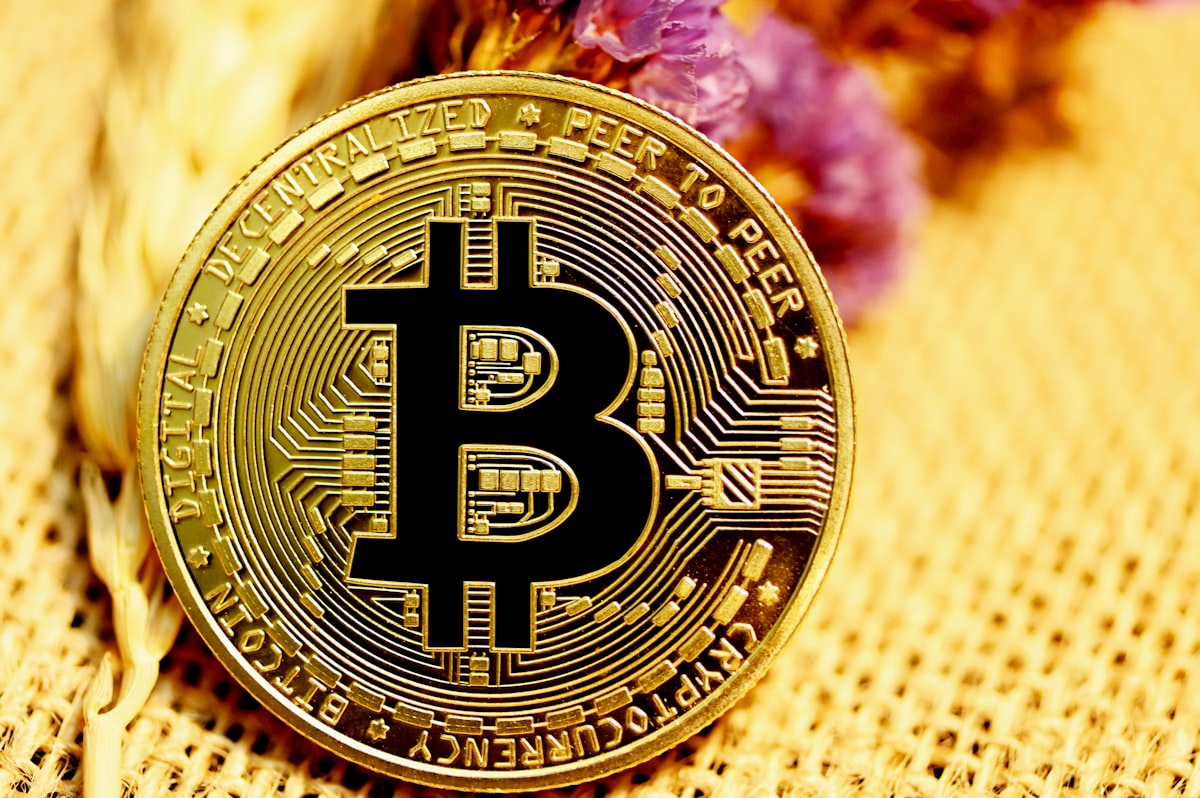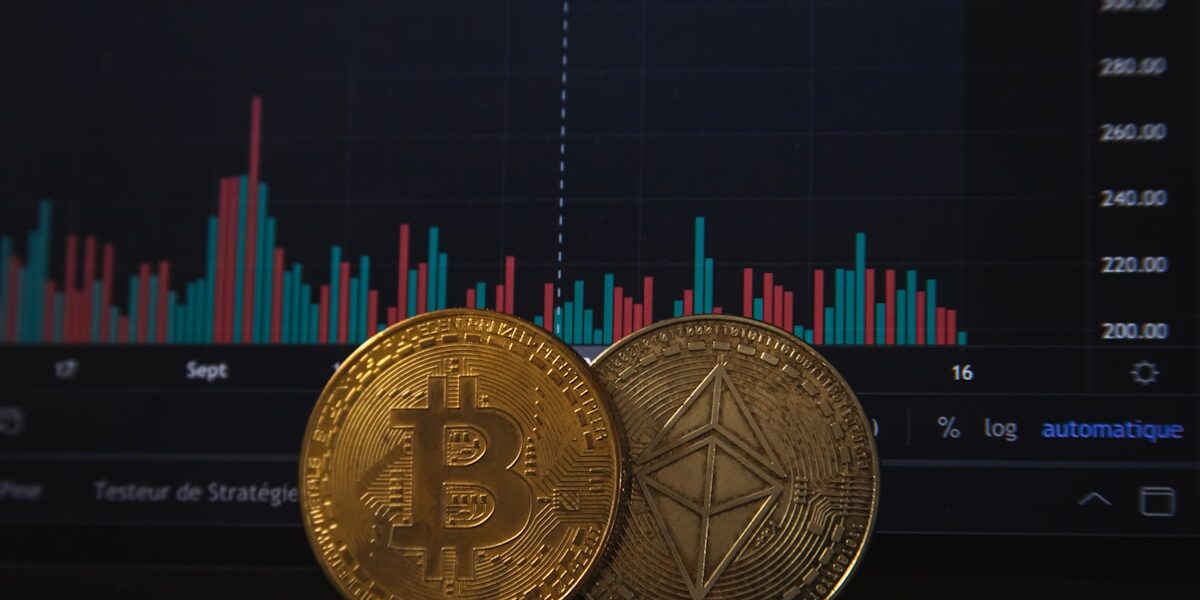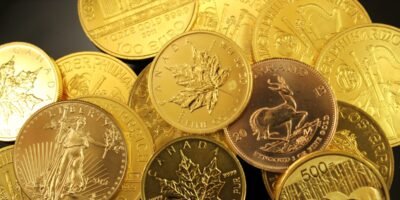Understanding the 1937 Penny Value
The 1937 penny holds an intriguing spot in coin collecting. This article dives into its historical context, factors affecting its value, and specific aspects to consider when evaluating this coin.
A Brief Historical Context

The 1937 penny is part of the Lincoln wheat series, minted from 1909 to 1958. It features the profile of Abraham Lincoln on the obverse and a pair of wheat ears on the reverse. These coins were struck to commemorate Lincoln’s 100th birthday. In 1937, the majority of pennies were produced at three mint locations: Philadelphia, Denver, and San Francisco. Each of these mints used a unique mint mark except for Philadelphia, which traditionally used no mark.
Mint Marks and Mintage
- Philadelphia (no mint mark): The most common 1937 pennies, with over 309 million produced.
- Denver (D mint mark): Approximately 50 million minted.
- San Francisco (S mint mark): Nearly 35 million struck.
Materials and Design
The penny’s composition consists of 95% copper and 5% tin and zinc. This combination was a standard for pennies until 1943. Victor David Brenner designed the coin, with his initials appearing below Lincoln’s shoulder on the obverse. Understanding this background is essential for appreciating the penny beyond its face value.
Factors Affecting Value
Several elements influence the value of the 1937 penny. These include its condition, rarity, and demand among collectors. Unlike other commodities, the value of coins can vary significantly based on seemingly minor details.
Condition and Grading
Coin condition is graded using a scale from Poor (P) to Mint State (MS). Factors such as scratches, discoloration, and wear affect grading. Numismatists use this grading scale to determine a coin’s value. A ‘mint state’ penny, indicating no wear, fetches a higher price than one showing considerable wear. For example, a 1937 penny in Good condition might be worth a few cents, while a Mint State penny could be valued at several dollars.
Rarity and Demand
Coins from lower mintage years or with errors may be more valuable. Yet, for the 1937 penny, it’s mostly the condition that dictates value due to its relatively high production volume. Collectors searching for coins with specific mint marks or those seeking to complete a series can influence demand. Interestingly, even coins without rare or unusual traits can see value growth because of an increased interest in them fuels demand.
Notable 1937 Penny Varieties and Errors
Although not infamous for its errors, the 1937 penny has a few notable varieties that collectors seek. Error coins occur during the minting process and can significantly increase a coin’s value.
Double Dies
One example is the double die error, where a coin shows doubled images due to a misalignment during the die creation. The 1937 penny has known double die obverse and reverse varieties. Visual inspection and magnification can help identify these unique features.
Re-punched Mint Marks
The re-punched mint mark (RPM) is another sought-after error. This occurs when a mint mark is struck more than once in varying positions. While more subtle than doubled dies, RPMs are exciting finds for keen-eyed collectors. They are more common on the 1937-D and 1937-S pennies. Unlike regular mint marks, these require specialized tools or knowledge to properly identify.
Market Trends and Collector Interest
The coin market, like any other, is subject to fluctuations and trends. Interest in certain series rises and falls due to various factors such as market sentiment and popular numismatic trends. The wheat penny series has generally maintained collector interest due to its design and historical significance.
Investment Potential
Pennies are not typical investment vehicles, yet there are opportunities for growth. A dedicated collector searching for a high-grade 1937 penny may pay a premium over its catalog value. Coins with unique errors or in exceptional conditions also have investment potential. A general increase in numismatic interest or specific interest in Lincoln coins can affect a penny’s market value.
Market Resources
Resources such as the Professional Coin Grading Service (PCGS) and the Numismatic Guaranty Corporation (NGC) provide insights into pricing and trends. Consulting auction results and trusted dealers can offer perspective into current market value. Attending coin shows is beneficial for real-time market assessments and expert exchanges.
Preservation and Care
Maintaining a coin’s condition is crucial for preserving its value. Proper storage reduces exposure to elements that cause damage.
Storage Techniques
- Avoid Handling: Use gloves to prevent oils from skin contacting the coin’s surface.
- Holder Selection: Store coins in archival holders or flips made from inert materials.
- Environmental Considerations: Keep coins in a stable, low-humidity environment.
Cleaning Warning
Avoid cleaning coins as it can detract from their value. Even gentle cleaning methods can scratch or alter a coin’s original appearance. Professional conservation is the best option if cleaning is unavoidable.
Conclusion
The 1937 penny may seem ordinary at first glance, but its value is shaped by intricate numismatic factors. Historical context, condition, and market demand all play a role. For coin enthusiasts or those curious about their pocket change, understanding these factors can reveal much about a seemingly simple coin.
Recommended Collecting Supplies
Coin Collection Book Holder Album – $9.99
312 pockets for coins of all sizes.
20x Magnifier Jewelry Loupe – $13.99
Essential tool for examining coins and stamps.
As an Amazon Associate, we earn from qualifying purchases.



Subscribe for Updates
Get the latest articles delivered to your inbox.
We respect your privacy. Unsubscribe anytime.